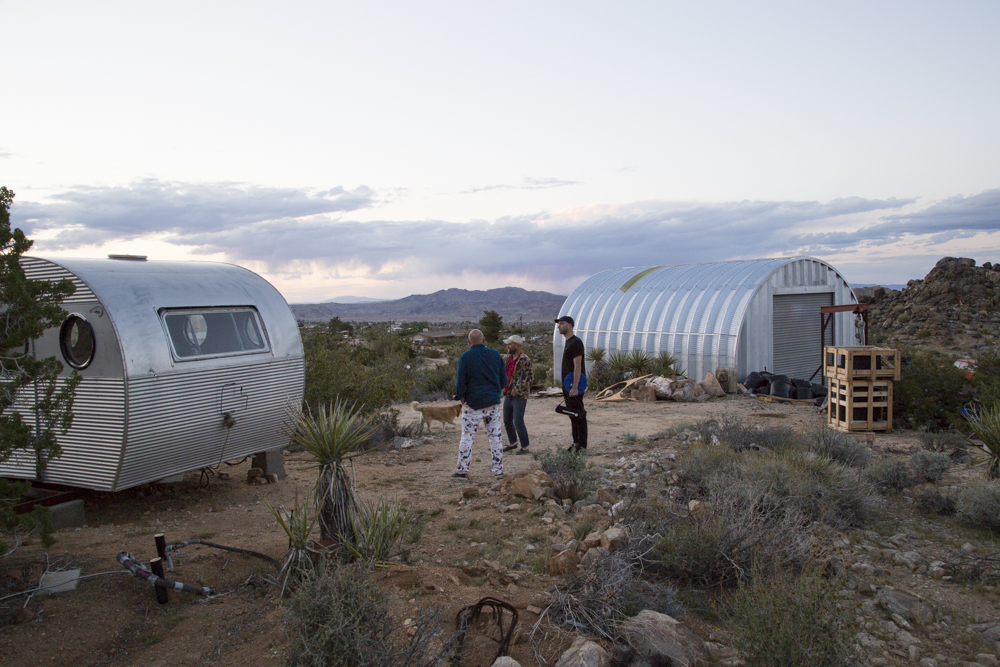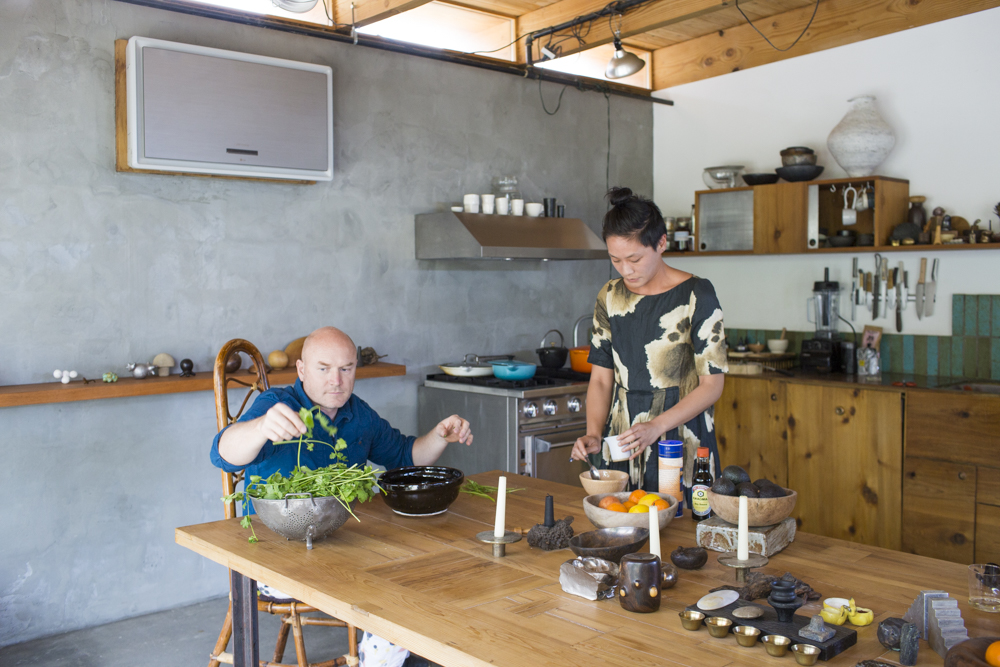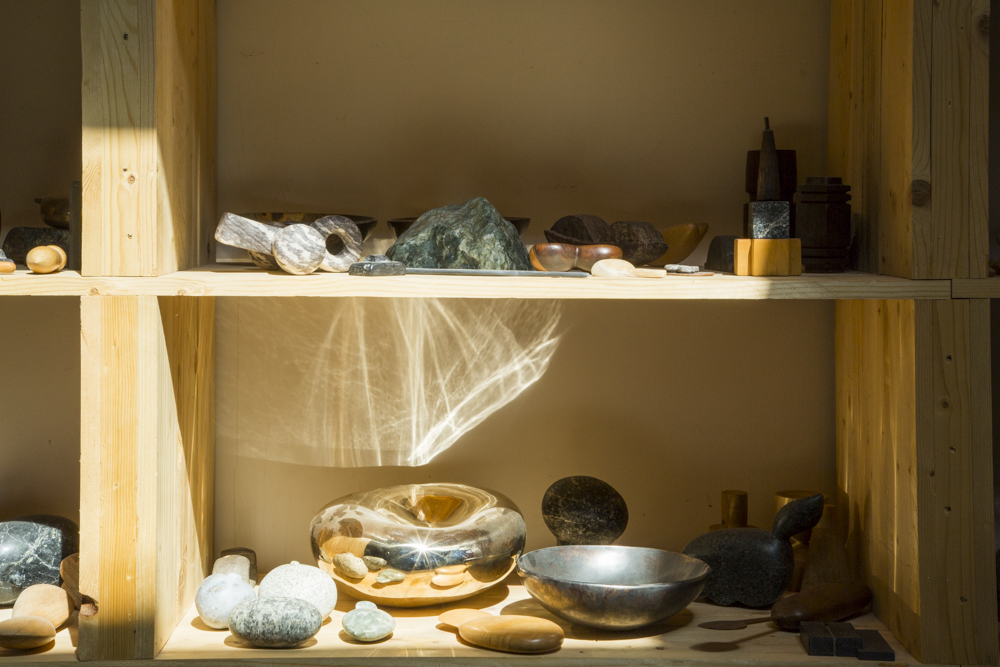Cilantro, Peanuts, Fried Shallots and Snap Peas
Alma and Su’s Cilantro Salad
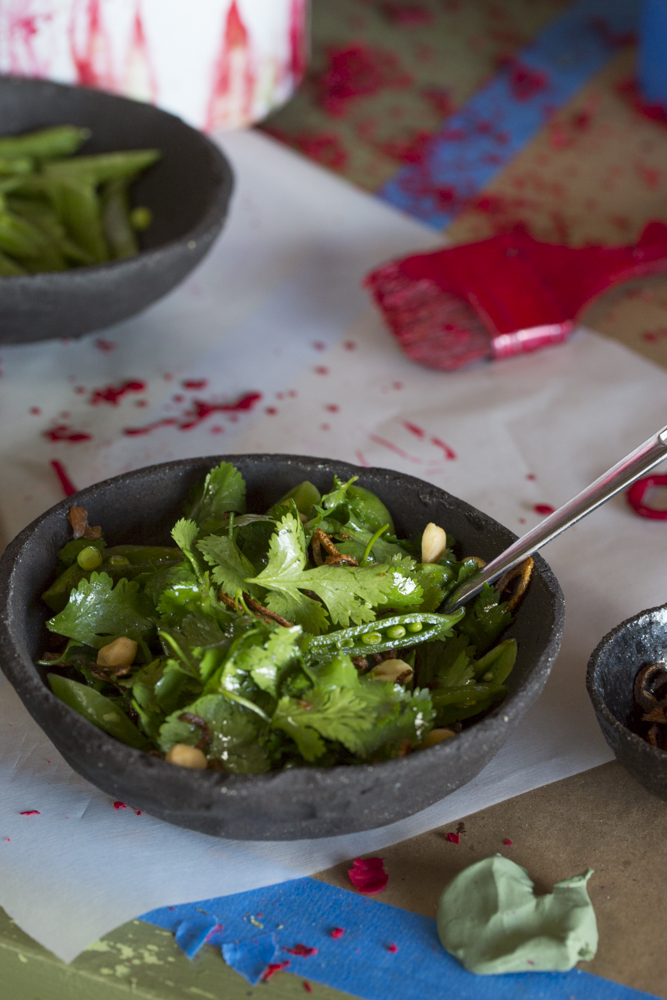
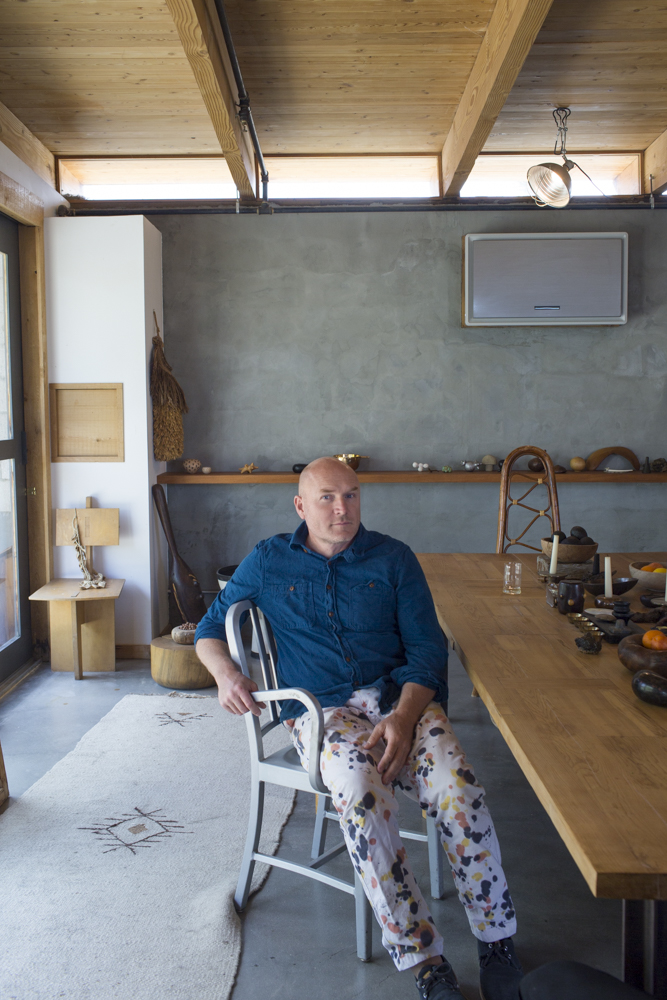
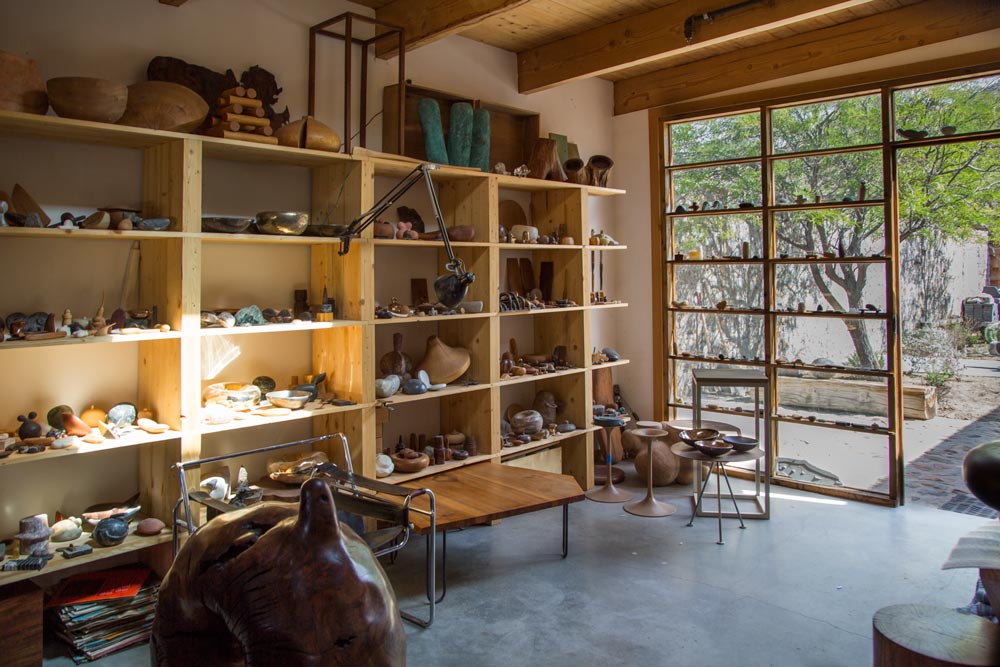
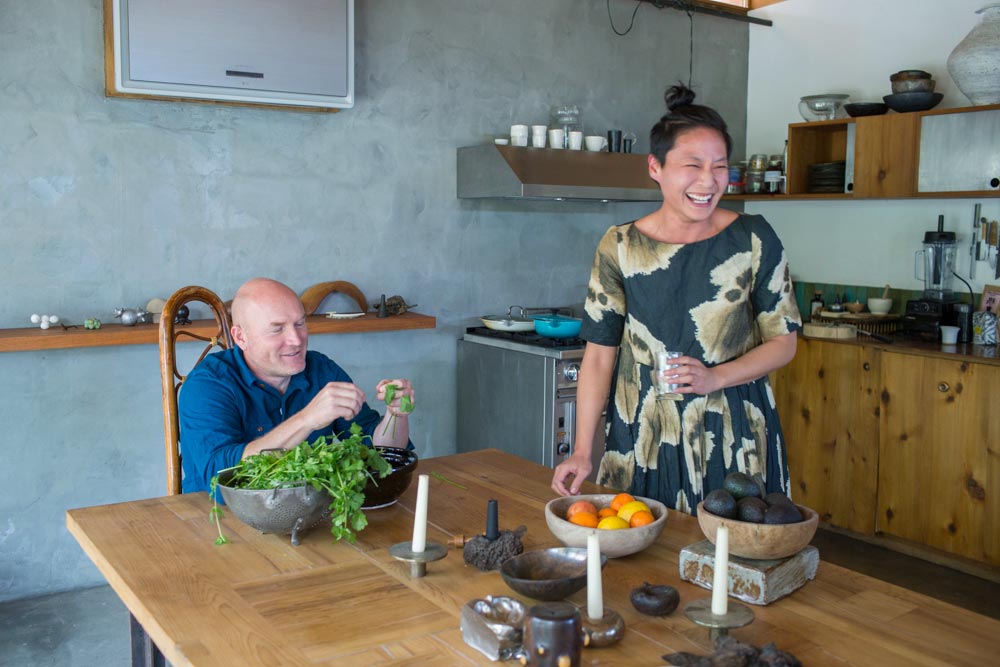
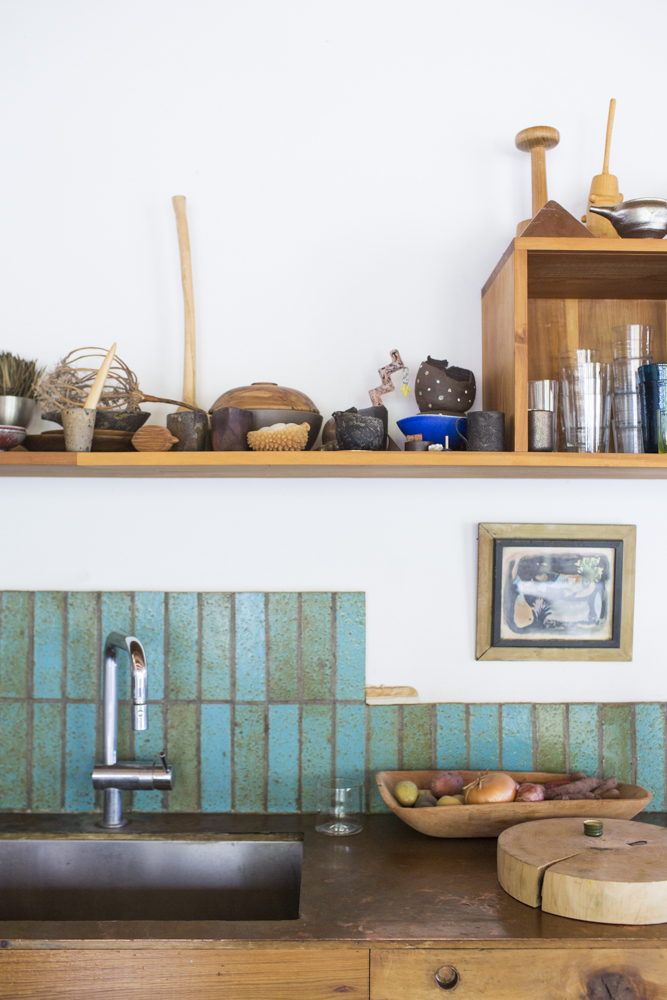
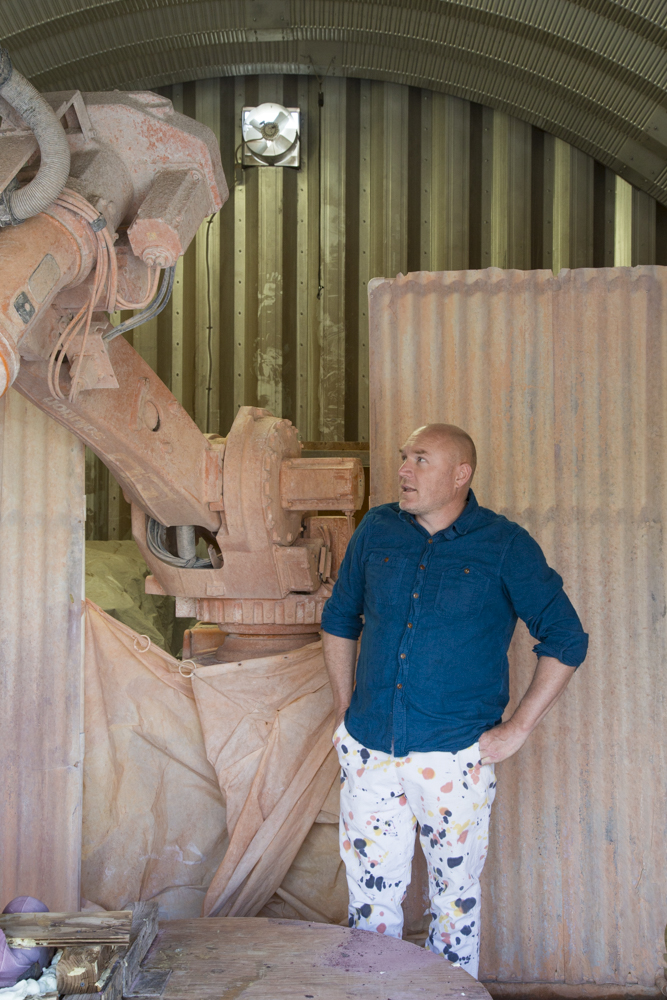
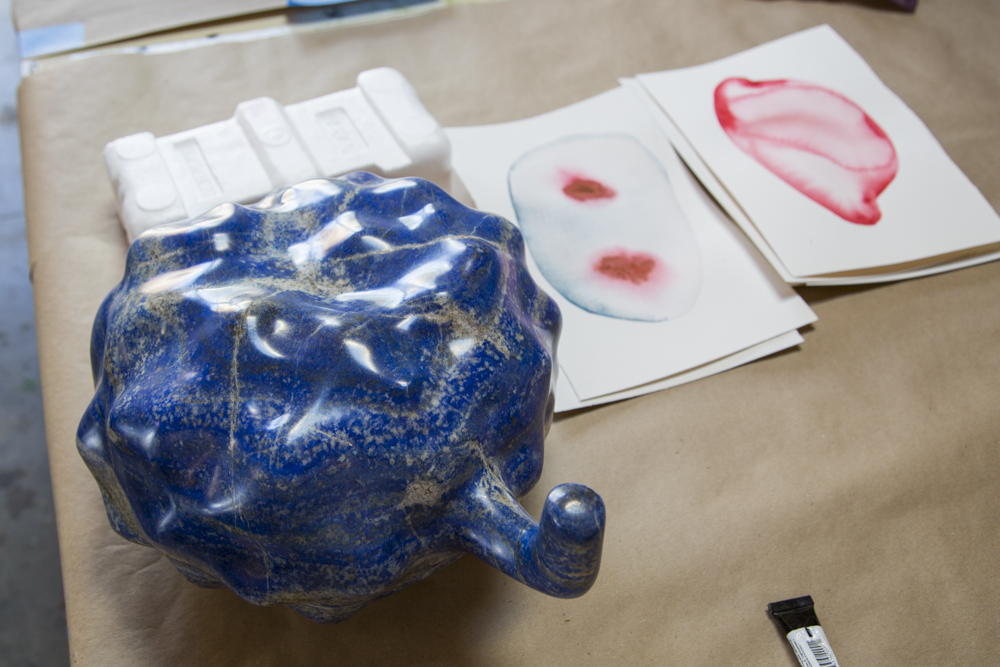
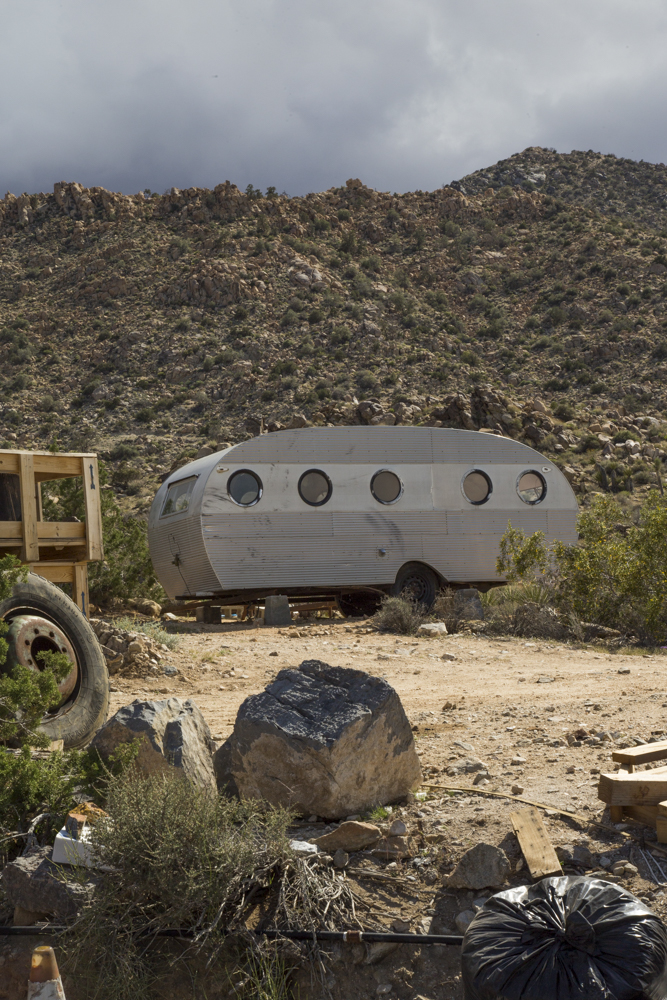
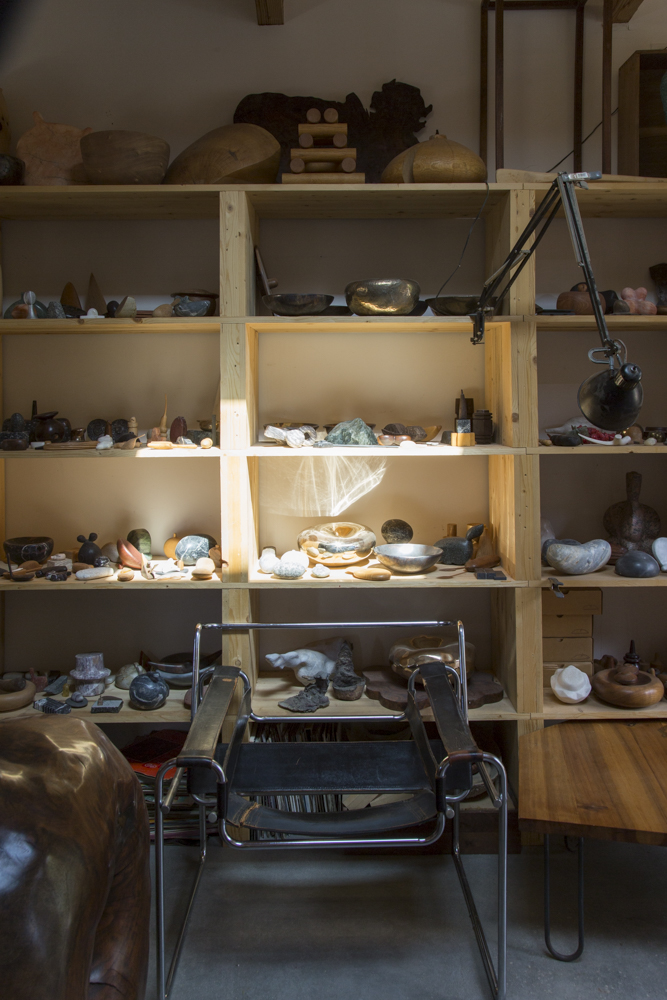
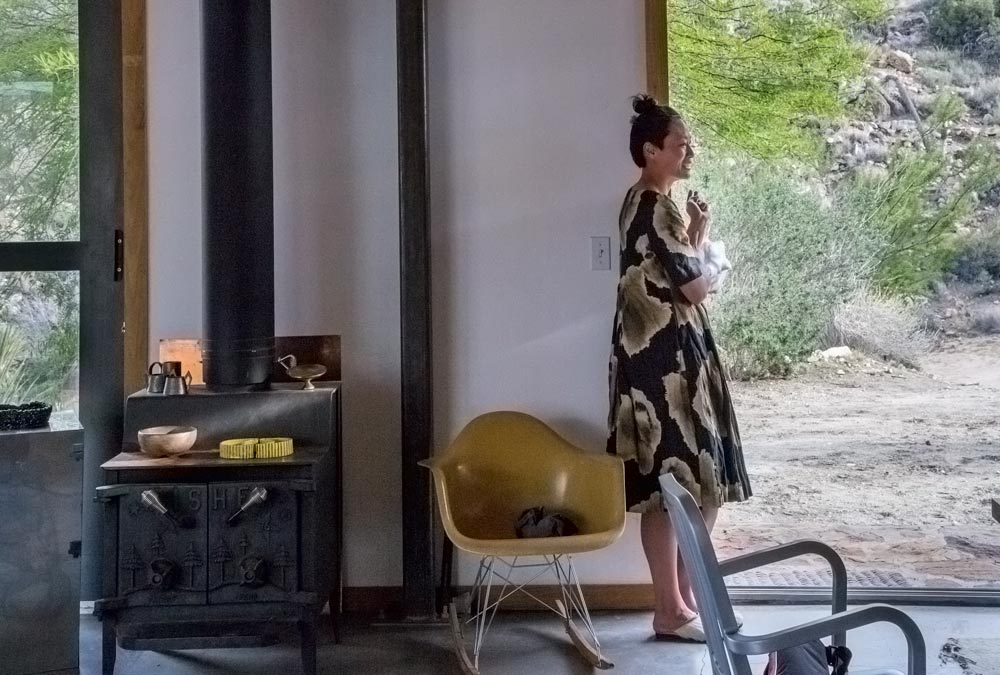
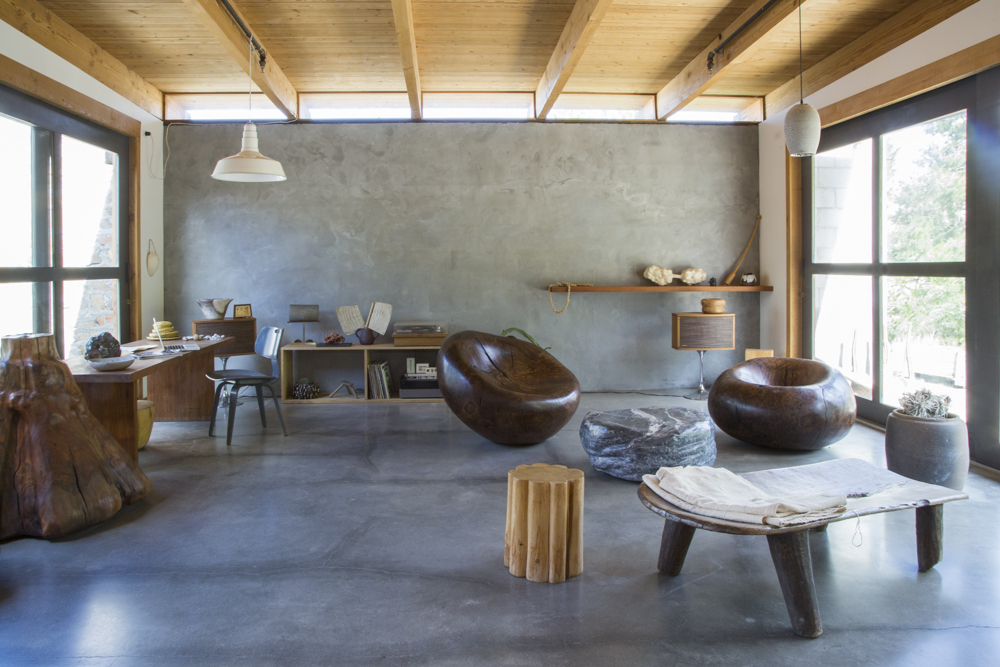

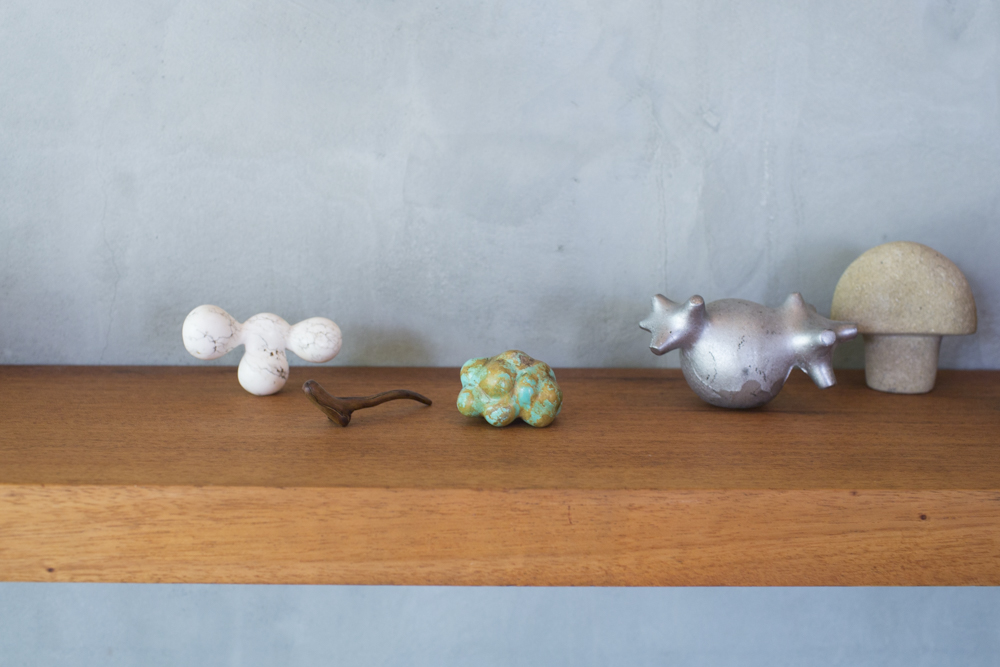

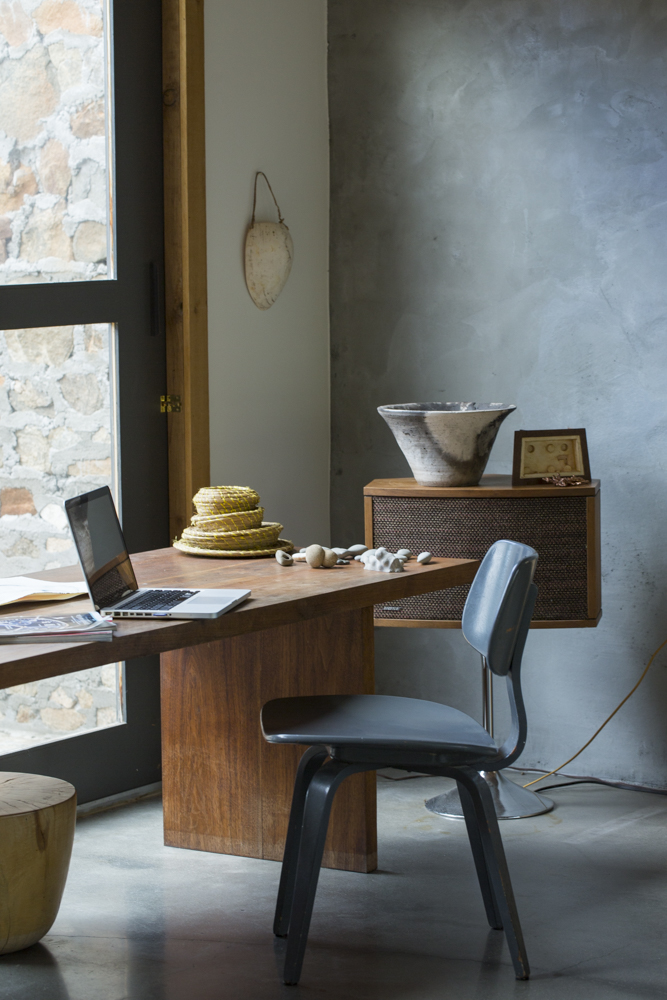


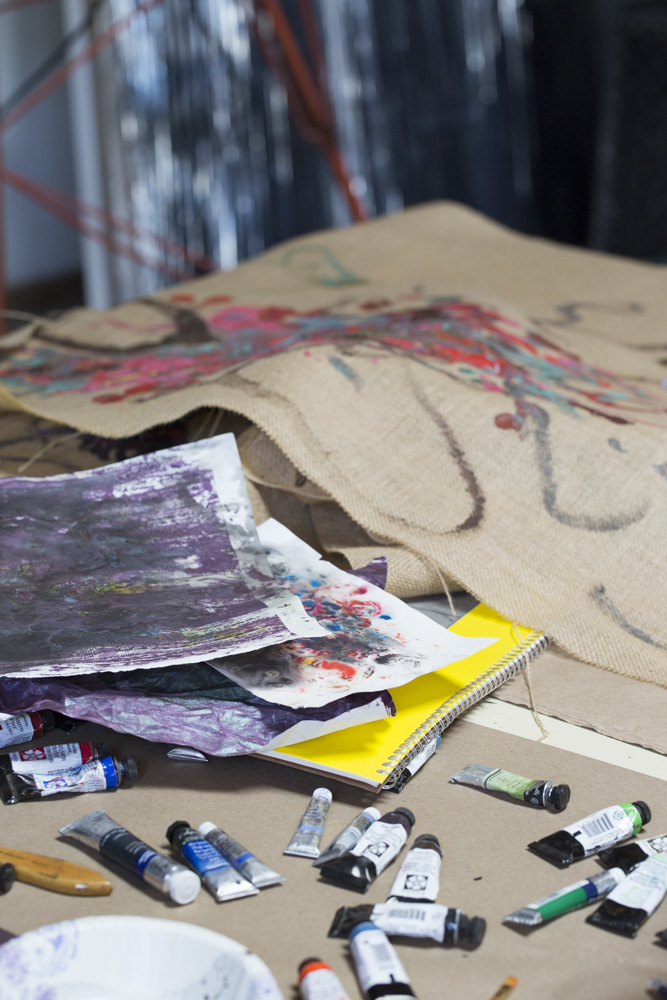
POSTED UNDER
- California,
- Joshua Tree
NOTES
Some salads just have the confidence to be as simple as can be, like this one, that takes cilantro from garnish status to center of the plate. This salad was great on its own, but would be perfect with sticky rice, noodles or on top of fish.
RECIPE
DIFFICULTY
EASY
SERVES
4
PREP TIME
10 MINS
Cilantro Salad
-
3tbscoconut oil
-
3-5shallots, sliced into rings
-
3/4cupsugar snap peas (sub: red bell pepper)
-
3 bunchescilantro, tough stems removed
-
1/2 cuptoasted peanuts
Dressing
-
1/2tspsoy sauce
-
1/4tspsugar
-
salt to taste
POSTED UNDER
- California,
- Joshua Tree
Some people were born “desert people.” They love the open space, the epic rock formations, the extreme weather and the harsh shadows. I feel most at home in a mossy deciduous forest with dappled light and babbling brooks, but the drama of a place like Joshua Tree, California is not lost on me. There is a reason why so many creative people are drawn to this part of the world. There is room to think and create, you go to bed and wake with the sun, you frequent the same couple of watering holes as everyone else, and spend a whole lot of time in the quiet outdoors. Alma Allen, a self-taught sculptor, has carved out a space for himself and partner/writer Su Wu, in the desert. Here, he collects massive rocks from obsidian to lapis, and carves them into bulbous shapes that feel uncannily human (for the art folk, it’s like Brancusi and Louise Bourgeois had a baby). The hardest materials appear soft, pillowy and beg you to touch them, or even plunk your butt right on top of the piece itself. Are they sculptures or furniture? Fruit bowls or small works of art? In Alma’s world, it doesn’t matter.
Alma’s practice was always a formal one, executed with hand tools, sandpaper and stone, until a serious case of carpel tunnel forced him to consider alternate means of production. So, he found a stone carving robot in Italy that completely changed the perimeters of his work. He explains:
In 2010 the whole world economy was a mess, and car manufacturing plants were closing in Europe. They were selling their robot, so I went to Spain and found a $200,000 robot for $20,000 at an auction. So I stayed there and learned how to use it, how to put it together and fix it, basically working as a technician until I was proficient. I was the only customer in America so it’s not like there’s a 1-800 number I can call when something breaks.
So what began as a very low-fi practice, now involves wax models made on the 3-D printer and a massive robot. It’s not every artist who would solve this kind of problem by becoming a robotic engineer. Though the work now relies on technology, Alma still takes his cues from desert plants and found objects, abstracting them and making them sensuous and strange. He wants the robot to work 24 hours a day, and is looking for a new corner of the world, where he can have even more space to make bigger sculptures and experiment with incorporate them into the natural environment. He thinks the jungle might be the next stop, someplace where the flora can grow into the pieces themselves, where he can make works that are ten feet high and find a permanent home in nature.
